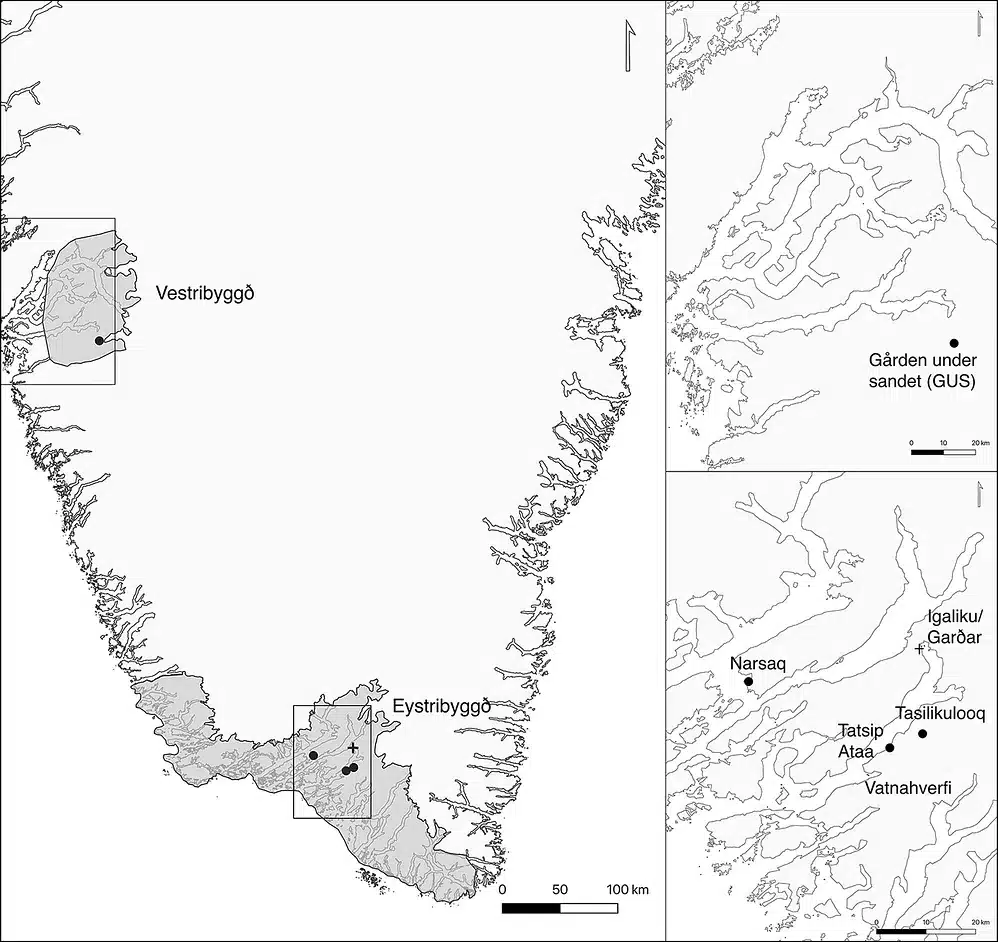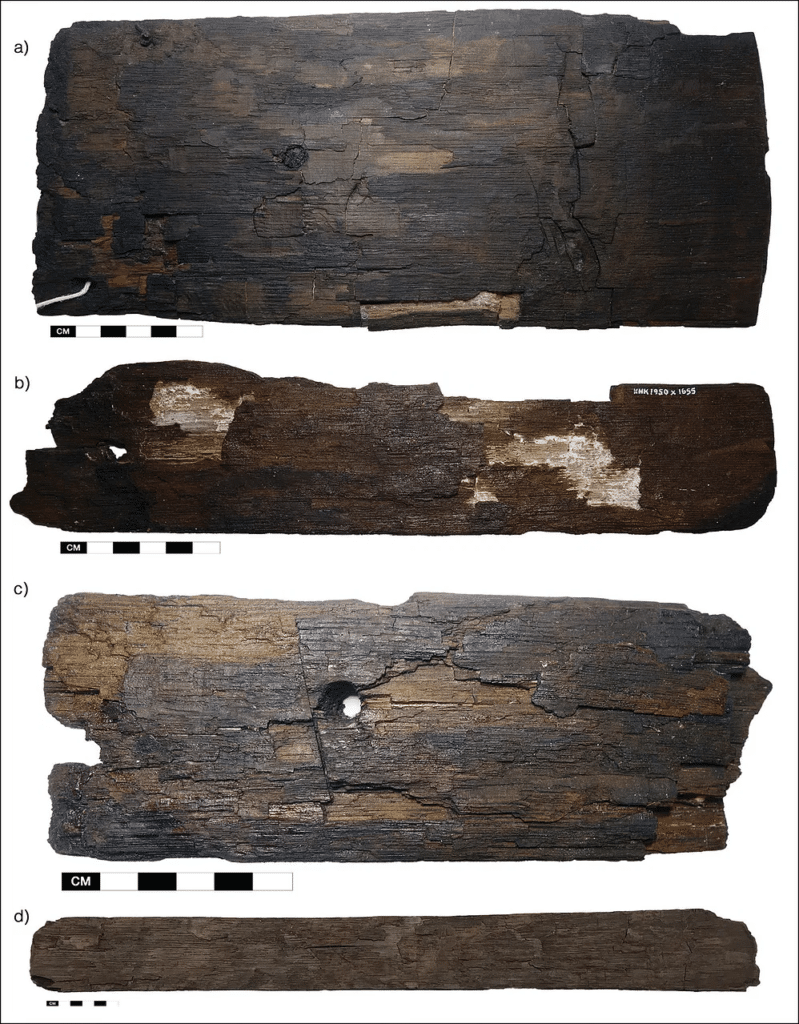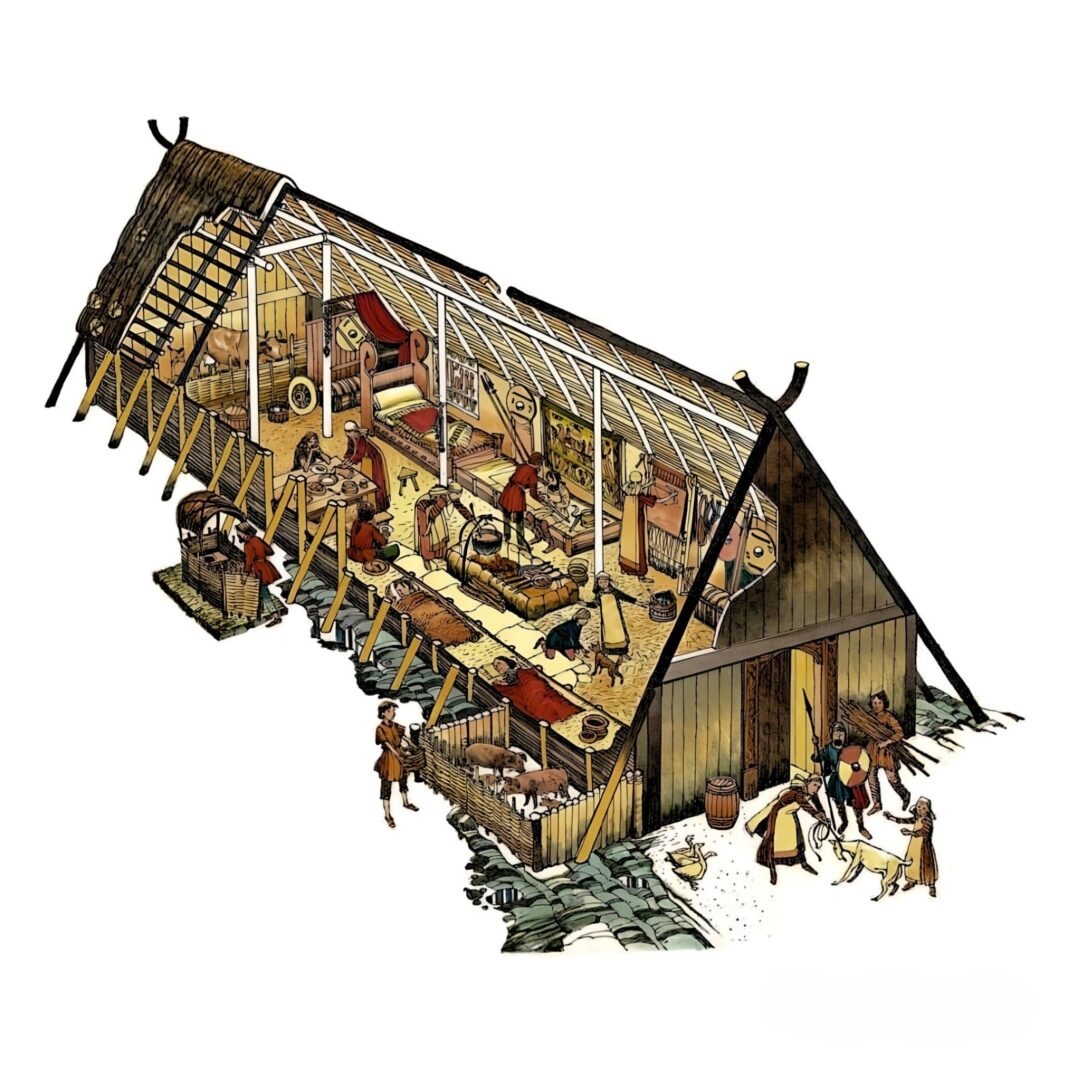A report published by the University of Iceland has confirmed that Greenland-based Norse imported trees from Vinland, believed to be along the Gulf of St Lawrence near Novia Scotia.
It comes as Wood Central reported that tree ring research last year “stunned archeologists” after it revealed that Vikings arrived in North America 500 years before Christopher Columbus.
Vinland is the historical name given to the lands explored and briefly settled by Leif Erikson and the Norse Vikings in North America around 1000 AD – as reported in Saga of Erik the Red and the Saga of the Greenlanders.
According to legend, medieval Norse colonists relied on imported materials such as iron and wood. However, until now, it has not been known where wood was imported from.
To study the timber origins and distribution, Lísabet Guðmundsdóttir from the University of Iceland examined the wood assemblages from five Norse sites in western Greenland, of which four were medium-sized farms and one a high-status episcopal manor.
Using radiocarbon tree dating, Dr Guðmundsdóttir dated the trees to AD 1000 and 1400, with a microscopic examination of the cellular structure of the wood identifying the tree species.

According to Dr Guðmundsdóttir, the results show that just 0.27% of the wood examined were unambiguous imports, including oak, beech, hemlock and Jack pine. Another 25% of the total timber studied could be imported or driftwood, including larch, spruce, Scots pine and fir.
“Because hemlock and Jack pine were not growing in Northern Europe at the time, the pieces identified from the medieval contexts in Greenland must have come from North America,” Dr Guðmundsdóttir confirmed.
The sagas indicate that explorers Leifur, Þorleifur Karlsefni and Freydís brought back timber from Vínland to Greenland.

In addition to import, the research also confirmed that driftwood was one of the most important raw materials in Norse Greenland, “making up over 50% of the combined assemblage.”
The research reveals that wood also came from other parts of Europe, likely oak, beech and Scots pine, with some likely coming as ready-made artefacts, whilst others were reused ship timber that was traded to Greenland to build medieval buildings.
- For more information about tree dating research and how it can reveal secrets from the Viking’s past, visit Wood Central’s special feature on the Saga of Erik the Red and the Saga of the Greenlanders.







